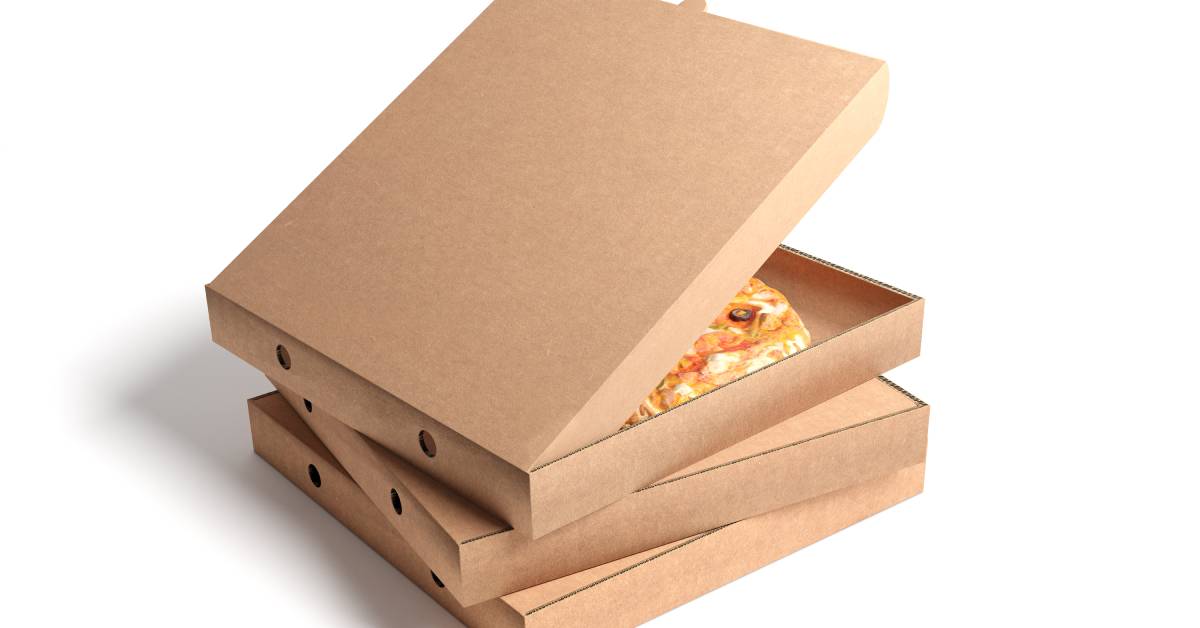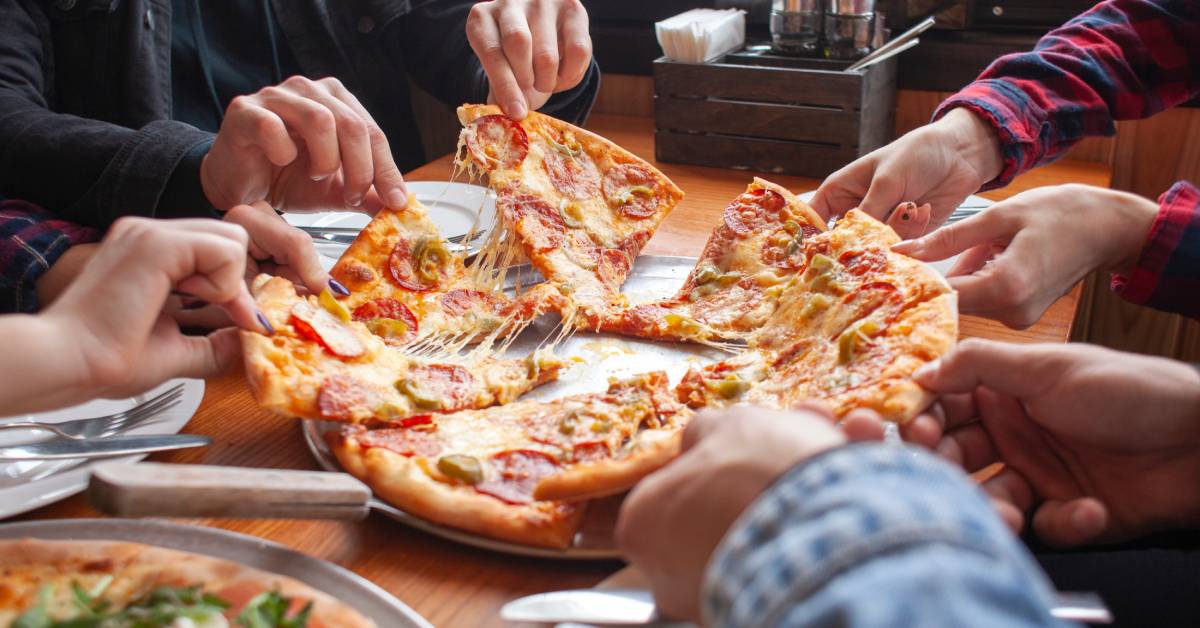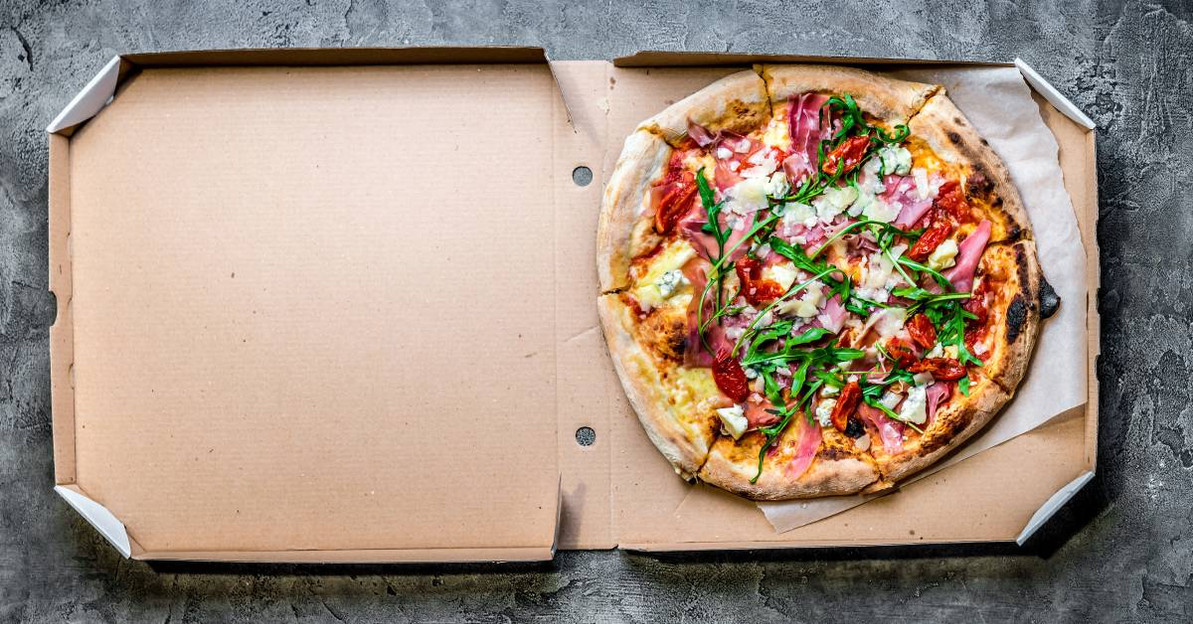Are Pizza Boxes Microwave-Safe? What You Should Know
Reheating pizza is a common practice, but many people wonder if putting the original pizza box in the microwave is safe. Read on to explore whether pizza boxes are microwave-safe and what you should know. We'll also provide alternative methods for reheating pizza safely.
The Material of Pizza Boxes

Pizza boxes are typically made of corrugated cardboard, designed to be sturdy and insulate the pizza during transport. While cardboard itself is generally safe, the safety of microwaving a pizza box depends on several factors, including the presence of inks, coatings, and any residual food particles. Understanding the materials used in pizza boxes can help determine their microwave safety.
Presence of Inks and Dyes
Most pizza boxes feature printed designs and logos, which are created using inks and dyes. When heated, these substances can break down and release harmful chemicals into your food. Additionally, some inks might not be heat-resistant and could melt in the microwave. Therefore, you should consider the potential risks associated with inks and dyes when deciding whether to microwave a pizza box.
Grease and Residual Food
Pizza boxes often absorb grease and contain residual food particles. When microwaved, these elements can ignite or cause hot spots, leading to a fire hazard. Grease stains on the box can also affect the cardboard's stability, making it more likely to catch fire. Ensuring the box is clean and free from excessive grease is crucial for microwave safety.
Microwave-Safe Labeling
Some pizza boxes come with microwave-safe labeling, indicating they have been tested and deemed safe for microwave use. If your pizza box has this label, you can reheat your pizza in it. However, always follow the manufacturer's instructions and avoid microwaving for extended periods. Without this labeling, simply assume the box is not microwave-safe.
Testing for Microwave Safety
If you're unsure whether a pizza box is microwave-safe, you can perform a simple test. Place the empty box in the microwave along with a cup of water. Microwave on high for one minute. If the box remains cool and doesn't emit any smoke or odors, it is likely safe to use. However, if it shows signs of heating up or burning, do not use it in the microwave.
Risks of Microwaving Pizza Boxes
Microwaving pizza boxes can pose several risks, including the potential release of harmful chemicals, fire hazards, and uneven heating. Cardboard can catch fire if it becomes too hot, especially when covered in grease stains or food residues. Additionally, the cardboard might not heat evenly, resulting in cold spots on your pizza. These risks highlight the importance of considering safer alternatives.
Alternative Reheating Methods
To avoid the risks associated with microwaving pizza boxes, consider alternative methods for reheating your pizza. Using a microwave-safe plate is a simple and effective option. Place your pizza slices on the plate and cover them with a microwave-safe lid or a damp paper towel to retain moisture. This method ensures even heating and reduces the risk of fire.
Using an Oven
Reheating pizza in an oven is another safe and effective method. Preheat your oven to 375°F (190°C) and place the pizza slices on a baking sheet or directly on the oven rack. Bake for 10-15 minutes or until the cheese is bubbly and the crust is crispy. This method revives the pizza's original texture and flavor better than microwaving.
Using a Skillet
A skillet can also be used to reheat pizza while preserving its texture. Heat a non-stick skillet over medium heat and place the pizza slices in it. Cover the skillet with a lid to trap the heat and cook for 5-8 minutes, or until the cheese is melted and the crust is crispy. This method prevents the pizza from becoming soggy, which can happen in a microwave.
Tips for Microwaving Pizza
If you prefer to use a microwave, follow these tips for the best results. Place the pizza slices on a microwave-safe plate and cover them with a damp paper towel to prevent them from drying out. Use a lower power setting and microwave in short intervals, checking the pizza frequently to avoid overheating. This approach helps maintain the pizza's moisture and texture.
Reheating Frozen Pizza
When reheating frozen pizza, follow the instructions on the packaging. Most frozen pizzas are designed to be reheated in an oven, but some may offer microwave instructions. Ensure the pizza is placed on a microwave-safe plate or tray and follow the recommended settings. Avoid using the original box for reheating to prevent safety hazards.
Storing Leftover Pizza

Proper storage of leftover pizza can impact its reheating quality. Store pizza slices in an airtight container or wrap them in aluminum foil before placing them in the refrigerator. This helps retain moisture and prevents the pizza from drying out. When you're ready to reheat, use one of the safe methods mentioned earlier for the best results.
Microwave-Safe Containers
Investing in microwave-safe containers is a good idea if you frequently reheat leftovers. These containers are designed to withstand microwave heat and prevent chemical leaching. Look for containers labeled microwave-safe and free from BPA. Using these containers ensures your food is heated safely and evenly without the risks associated with microwaving cardboard.
Reheating Pizza at Work
If you often reheat pizza at work, consider keeping a microwave-safe plate or container in your office. Many office microwaves are heavily used and may not be cleaned regularly, increasing the risk of contamination. Using your own clean, microwave-safe container ensures that your pizza is reheated safely and hygienically.
Bulk Pizza Boxes
When purchasing bulk pizza boxes for a restaurant or pizzeria, consider the safety and quality of the materials. Look for suppliers that offer microwave-safe boxes to ensure the safety of your customers. High-quality bulk pizza boxes not only provide convenience but also enhance the customer experience by allowing safe reheating of leftovers.
Now that you know whether pizza boxes are microwave-safe, you can make informed decisions about reheating your pizza. While some boxes are designed for microwave use, many are not, posing potential risks. Investing in high-quality, microwave-safe bulk pizza boxes can also benefit your business by enhancing customer satisfaction and safety. By understanding the limitations and risks of microwaving pizza boxes, you can enjoy your pizza without compromising safety or quality.
Recent Posts
-
Why Portion Cups Are Essential for Condiments
Condiment service can make or break the dining experience at your restaurant or catering event. Why …Dec 18th 2025 -
Pros and Cons of Cardboard Catering Boxes
Selecting the right packaging is a fundamental decision for any catering business. The containers yo …Dec 11th 2025 -
How To Choose the Best Aluminum Foil Containers for Food
Selecting the right containers for your restaurant or catering business affects everything from food …Dec 10th 2025




